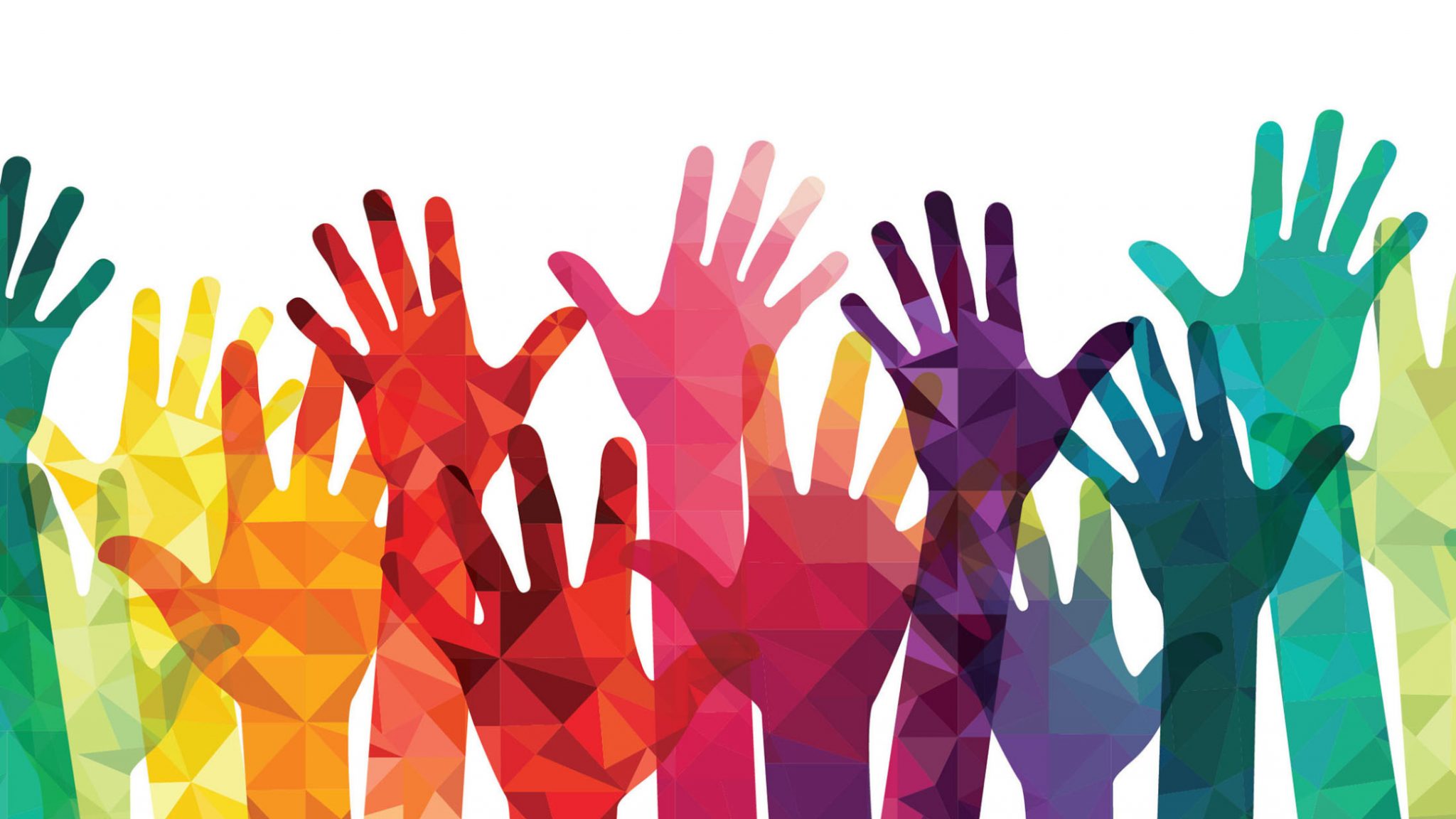Streamline
Problem and Motivation
The United States and the world are filled with organizations seeking to bring change. Events for nationally-recognized events such as the 2017 Women’s March garnered 3.3-4.6 million people.2 Unfortunately, this isn’t the case for many smaller grassroots organizations that address unique problems relevant to local and regional communities. Numbers of people at public demonstrations equate to power, and Streamline hopes to promote exploration and learning for its users by connecting them with these organizations and, in doing so, bringing the necessary numbers to grassroots organizations to achieve their desired change.
 The 2017 Women’s March6
The 2017 Women’s March6
Analysis of Problem
The goal of Streamline is to address people’s loss of community and engagement by streamlining organizations and events nearby based on their physical proximity to users. This is a learning process that encourages users to explore their community through event options nearby and provides them with information on these organizations that may pique their interests. In many urban areas, direct communication and a sense of belonging with the community is lost. Platforms like Nextdoor, whose mission is “the private social network for your neighborhood,”4 are indicative of people’s feelings of detachment from their community. Meanwhile, grassroots organizations struggle in numbers as canvassing is time-consuming and provides indefinite results since they frequently have niche goals that may not interest everyone. While canvassing isn’t always promising, its concept of gathering people is what Streamline values and wants to preserve. By using the idea of canvassing and reversing its process, instead of bringing the organization to people (many of whom may be uninterested), Streamline brings people to the organization. Streamline assists in community engagement by serving as a platform for these organizations to publicly share events they’re hosting, connecting them with users that want to learn more and be more engaged within their community.
 Picture from Minding the Campus5
Picture from Minding the Campus5
Similar Works
Our biggest competitor in the space of event-sharing and organization-finding would be Facebook which has 2.41 billion monthly active users as of June 2019.3 With such a big social media population, Facebook excels in connecting people with events. Facebook also shares the events you press attend to onto your profile so your mutual friends can view it and possibly attend, too. The fault of Facebook, however, is that its algorithm distributes content to users based on their interests.1 Therefore, grassroot organizations with an already small audience will have difficulty branching out to more people and will be trapped within a small network of people already interested. By basing events in proximity as opposed to their relevance to people’s social media newsfeed, Streamline will better bring events to its user’s attention. This is where the learning and community-immersion happens. This can’t be replicated through many social media platforms whose algorithms distribute content based on user interests that actually inhibits exploration and learning new topics.
Sources
(1): https://sproutsocial.com/insights/facebook-algorithm/
(2): https://www.theatlantic.com/technology/archive/2017/01/womens-march-protest-count/514166/
(3): https://zephoria.com/top-15-valuable-facebook-statistics/
(4): https://nextdoor.com
(5): https://www.mindingthecampus.org/2019/03/25/howsocial-justice-undermines-true-diversity/